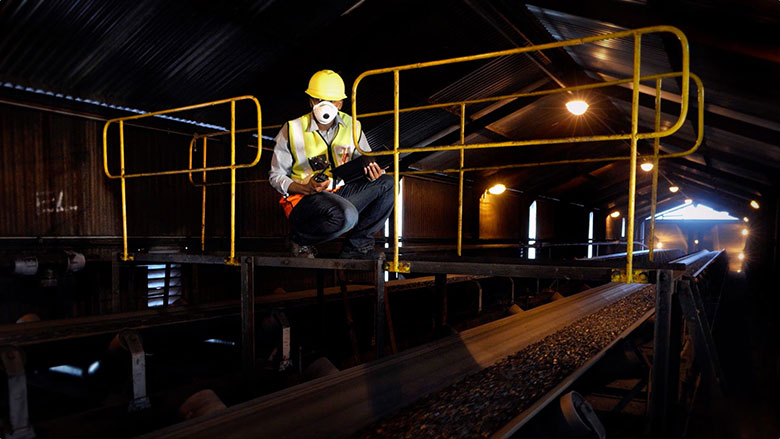JOHANNESBURG, March 24, 2014 — In a move to tackle the century-old TB scourge among mineworkers, the governments of Lesotho, Mozambique, South Africa, and Swaziland will meet with mining industry, union representatives, development partners and other stakeholders, at a Ministerial Meeting on March 25, 2014, in Johannesburg, South Africa, to discuss a standardized approach to the management of TB in the mining industry across all four countries.
This Regional Ministerial Meeting on Harmonizing the Response to TB in the Mining Sector is being convened by the Government of South Africa and supported by the World Bank, the Stop TB Partnership, and the Global Fund to Fight AIDS, Tuberculosis and Malaria. It will showcase an innovative multi-sectoral, multi-country, public private partnership for addressing TB in the mining sector, which is paving the way for a new approach to regional health intervention. The objective is to discuss and agree on a regional strategy to bring down the TB rate among mineworkers, currently at 10 times the level that the WHO classifies as an emergency.
This meeting is an important step in the development of a truly regional approach to this disease – which affects cross-border migrant workers disproportionately, and cannot be tackled by any country alone. About half a million mineworkers in South Africa and about two million ex-mineworkers spread across the four countries are at high risk of TB in a sector which has a net asset value of $1.8 trillion, with mineral exports accounting for nearly 9% of South Africa’s GDP.

